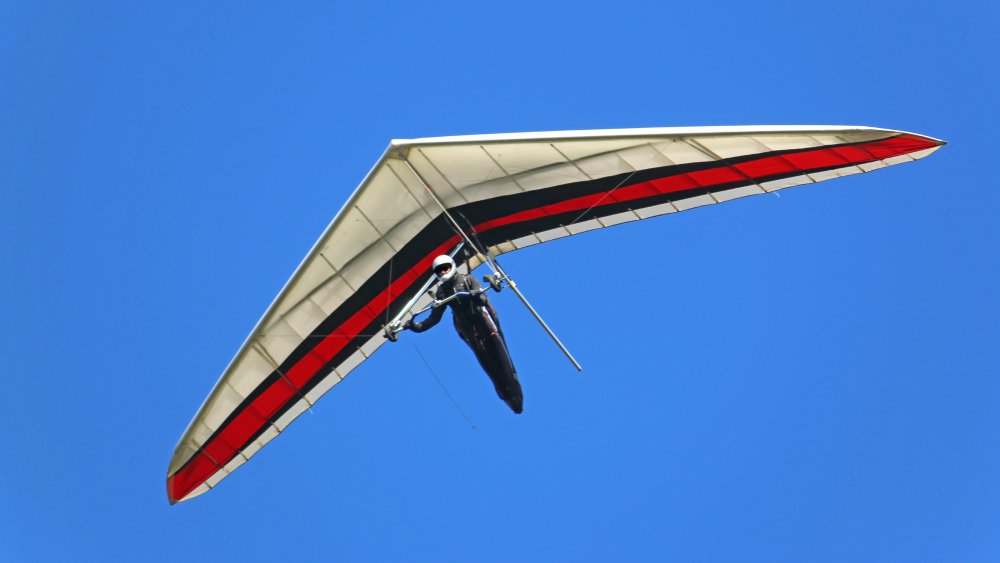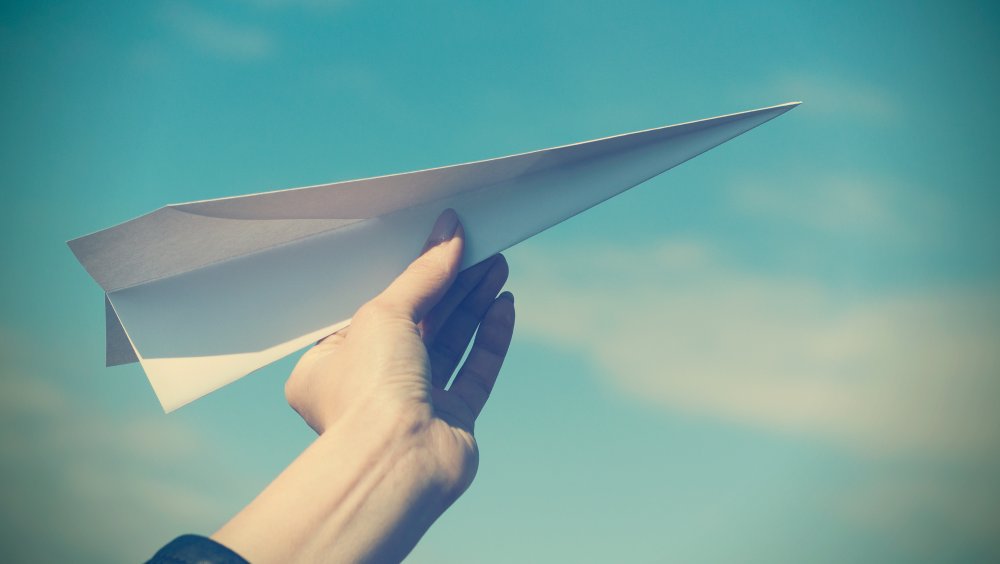How Gliders Really Fly Without An Engine
Paper airplanes are easily the greatest thing since sliced tree corpses. If you made them as a kid, maybe they seemed like sorcery. Somehow, folding a sheet of paper a few times made it able to glide through the air or into someone's eye. Like any inquisitive kid, you wondered, "If it's supposed to be an airplane, then shouldn't it need to be powered by a little paper engine and steered by a little paper pilot with a little paper flask full of alcohol?" Yet when you very justifiably asked your parents to solve these mysteries, your folks just told you to stop folding your homework into airplanes and throwing it away once you're done playing with it.
You might also remember that after your parents shot down your questions like a paper airplane in a paper dogfight, you noticed other things could soar through the air without an engine, such as hang gliders and sugar gliders, which are super marsupials that look like rodents but aren't, according to Pet MD. For years, you begged your parents to explain this strange phenomenon until one day, a 30-year-old you ran away from home. You then went to the Australian wilderness, your tear-soaked chin quivering, and asked a wild sugar glider, "How do you fly without an engine?" And the sugar glider replied with a sneer, "If you had just done your homework instead of turning it into airplanes and throwing it away, you wouldn't have to ask an animal that can't speak a human language." Only, the scornful words came out as gibberish animal sounds. So you, completely confused, forlornly returned home, and found the answer in this gibberish article.
The mystery of gliders revealed
NASA explains that for a glider to fly without an engine it needs to generate lift by being thrown (as with a paper airplane) or otherwise forcefully moved through the air. For instance, hang glider pilots, that might mean jumping off a hill or cliff to generate enough velocity to achieve liftoff. Eventually air resistance, also known as drag, slows down the glider, forcing it to land. Thanks to the efficient design of gliders and various factors like pockets of air and updraft, some gliders can stay airborne for hours. And the moral of the story is, do your homework.

